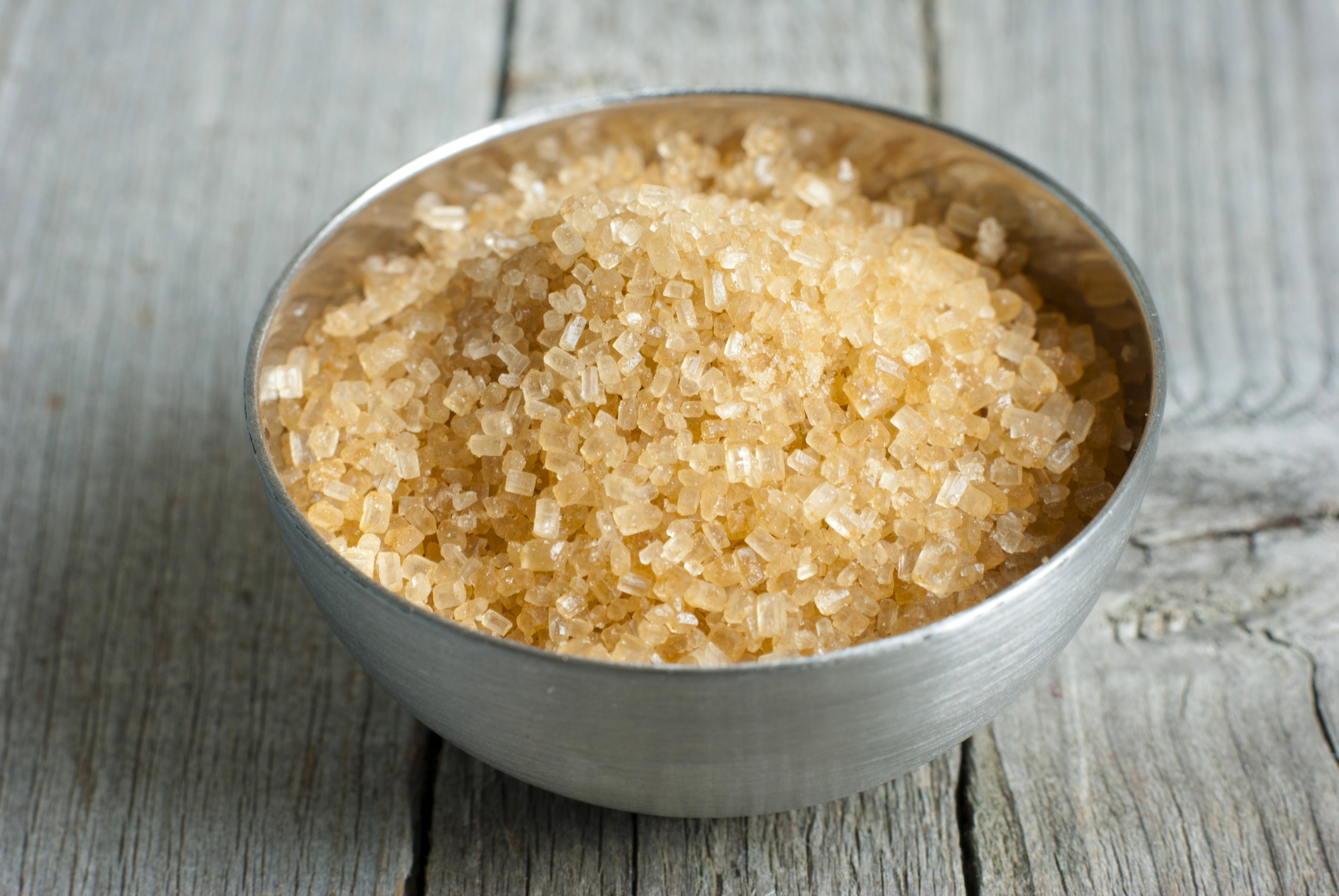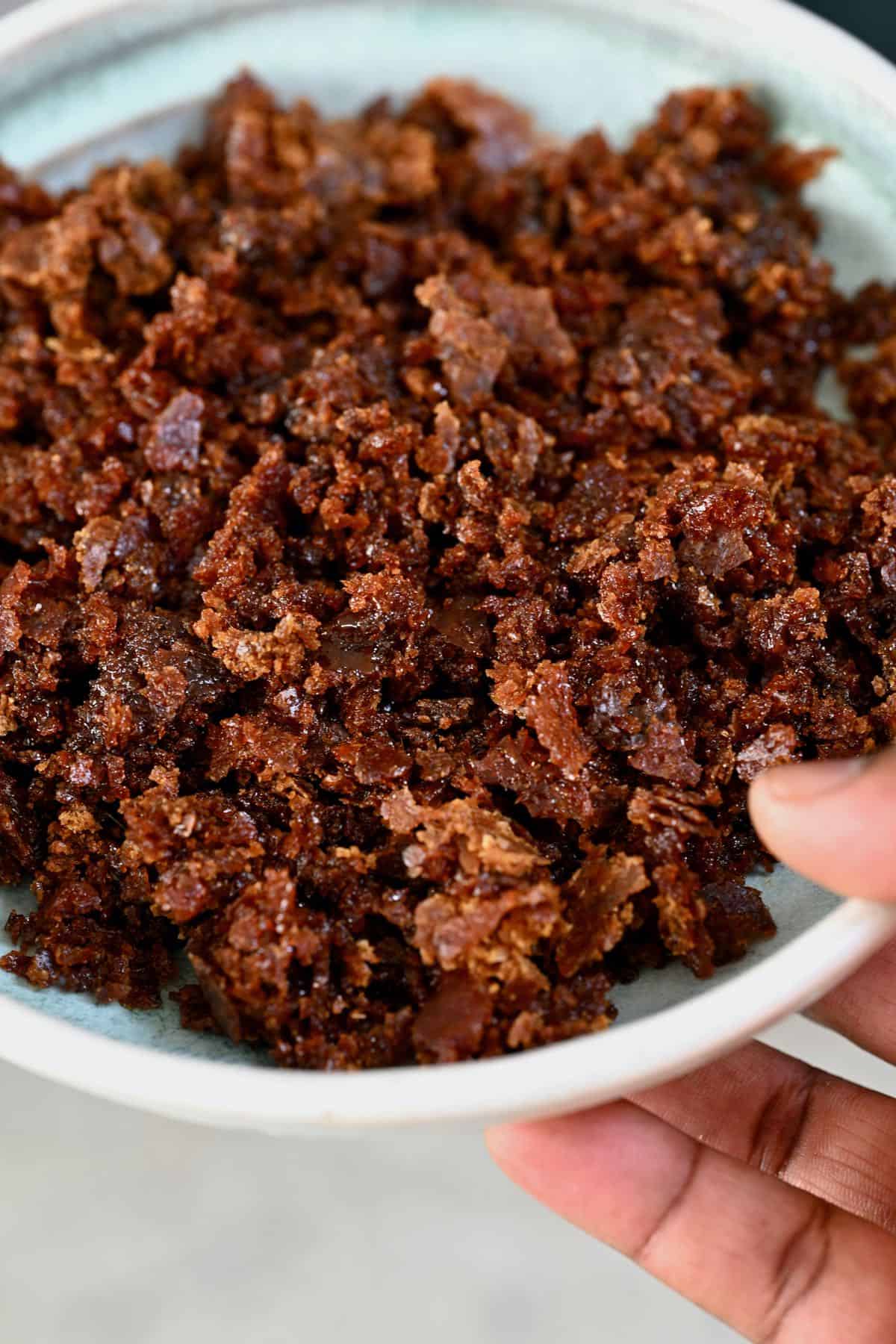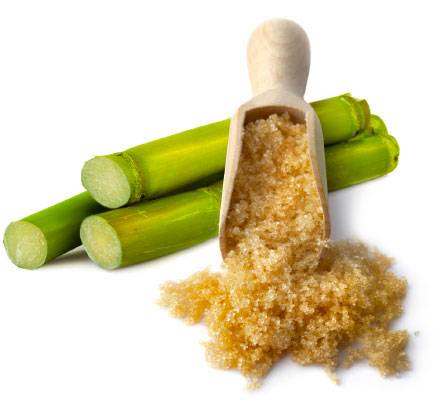Cane Sugar Processing: From Field to Table-- A Step-by-Step Guide
Cane Sugar Processing: From Field to Table-- A Step-by-Step Guide
Blog Article
Exploring the Comprehensive Tips Associated With Walking Stick Sugar Handling From Gathering to Refinement
The procedure of cane sugar production encompasses a collection of complex steps, starting with the cautious harvesting of sugarcane and culminating in the refinement stages that make certain the final item fulfills industry standards. Each phase, from the removal of juice to the purification and condensation procedures, plays a crucial role in establishing the top quality and personality of the sugar. Understanding these stages not just highlights the intricacy of sugar manufacturing however also raises critical inquiries regarding performance, sustainability, and innovation in the industry. What effects do these elements have for future practices?
Harvesting Sugarcane
Harvesting sugarcane is a crucial action in the cane sugar processing chain, as it straight influences the top quality and return of the final product. Appropriate timing and methods are important throughout this stage to make sure optimum sugar web content and lessen losses. Generally, sugarcane is collected when it gets to maturity, typically 12 to 18 months after growing, identified by a high sucrose concentration.

Post-harvest, the sugarcane must be refined quickly to prevent sucrose deterioration. Ideally, collected walking cane should be delivered to processing centers within 24-hour to preserve sugar high quality. As a result, effective logistical preparation is vital to keep the integrity of the gathered plant throughout the supply chain.
Extraction Process

The crushed walking stick is subjected to a collection of pressing operations to optimize juice recuperation. Normally, hot water is splashed onto the crushed cane, creating a countercurrent circulation that assists dissolve the sugar while also helping in the removal procedure. The juice accumulated from this procedure consists of not only sugar yet additionally various organic compounds and contaminations.

To enhance extraction efficiency, some facilities may utilize diffusion methods, where the sugarcane is taken in warm water, permitting the soluble sugars to diffuse into the liquid. The resulting juice, abundant in sucrose, is after that routed to succeeding processing phases, laying the structure for purification and improvement. The removal procedure is thus crucial in determining the high quality and yield of the final sugar product.
Purification Techniques
The filtration methods used in cane sugar processing are important for changing the raw juice right into a top notch sugar product. These methods largely intend to get rid of contaminations, such as soil, plant products, and not natural compounds, which can website here negatively influence the last product's taste and color.
This process involves including lime and heat to the raw juice, which assists in the coagulation of contaminations. Furthermore, the usage of phosphoric acid can improve the explanation process by further binding pollutants.
One more substantial method is carbonatation, where co2 is presented to the cleared up juice. This response generates calcium carbonate, which catches continuing to be contaminations and advertises their removal.
Additionally, turned on carbon treatment may be related to adsorb any type of staying colorants and organic impurities, making sure a more polished item. The mix of these methods effectively prepares the sugar juice for subsequent actions in the refining process, setting the stage for the manufacturing of premium cane sugar.
Crystallization Approaches
After the filtration stage, the next critical step in cane sugar processing includes crystallization methods, which play a critical role in transforming the made clear juice right into solid sugar. This process usually utilizes 2 key methods: spontaneous crystallization and regulated condensation.
In spontaneous condensation, supersaturated sugar solutions are permitted to cool normally, leading to the development of sugar crystals over time. This method permits for the consistent development of sugar crystals and greater purity.
Throughout crystallization, the made clear juice is focused with dissipation, raising its sugar web content till it gets to supersaturation. When this point is achieved, either approach can help with the condensation procedure. Cane Sugar Processing. The resultant sugar crystals are then divided from the remaining syrup through centrifugation
Inevitably, the choice of condensation method influences the quality, size, and purity of the last sugar product, making this step essential in the overall cane sugar processing procedure.
Refinement and Product Packaging
Exactly how can the purity and high quality of walking cane sugar be further improved after crystallization? The improvement process plays an essential duty in attaining premium cane sugar.
Following, the sugar goes through a process called centrifugation, where it is rotated at broadband to separate the detoxified sugar crystals from the remaining fluid. After centrifugation, the sugar is usually additional improved via a method called carbonization or phosphatation, which makes use of activated carbon or phosphoric acid to get rid of shade and off-flavors.
When improved, the news sugar is dried to attain the desired moisture web content, ensuring that it continues to site web be stable throughout storage and transportation. The final step includes packaging the refined sugar in airtight and moisture-proof containers to preserve its top quality and avoid contamination. Cane Sugar Processing. Appropriate packaging not just extends life span yet additionally promotes simple handling and circulation, guaranteeing that customers get sugar that fulfills the highest standards of pureness and high quality
Verdict
The detailed actions involved in walking cane sugar handling, from the meticulous harvesting of sugarcane to the detailed refinement and product packaging phases, highlight the importance of each phase in making certain high-grade sugar manufacturing. Optimum harvesting techniques, reliable extraction methods, and strenuous purification processes jointly add to the end product's purity and security. The condensation and subsequent packaging techniques further enhance the integrity and shelf life of the sugar, highlighting the complexity and precision fundamental in this essential farming industry.
The procedure of walking stick sugar production encompasses a collection of elaborate steps, starting with the mindful harvesting of sugarcane and finishing in the improvement stages that ensure the final product meets sector criteria. Preferably, collected walking cane must be moved to refining facilities within 24 hours to protect sugar top quality.In spontaneous condensation, supersaturated sugar services are permitted to cool naturally, leading to the development of sugar crystals over time - Cane Sugar Processing. The improvement process plays a vital role in accomplishing high-quality walking stick sugar.The extensive actions entailed in walking stick sugar handling, from the meticulous harvesting of sugarcane to the elaborate refinement and product packaging stages, emphasize the significance of each phase in ensuring top notch sugar manufacturing
Report this page